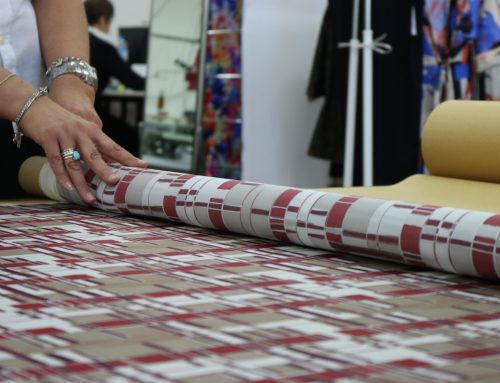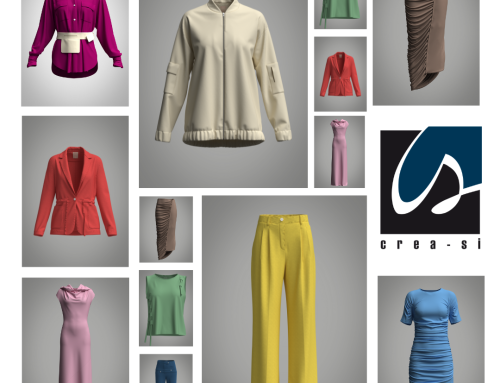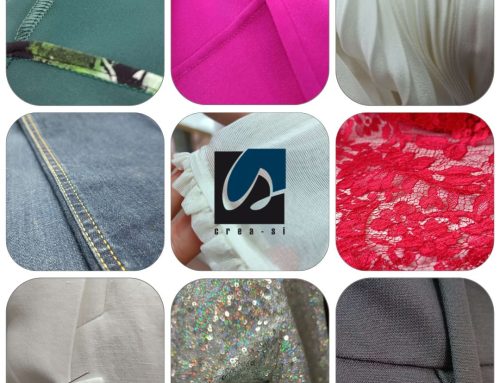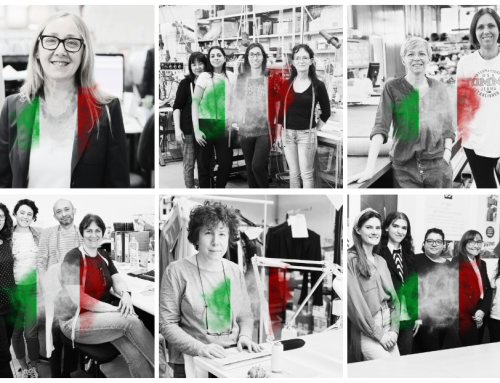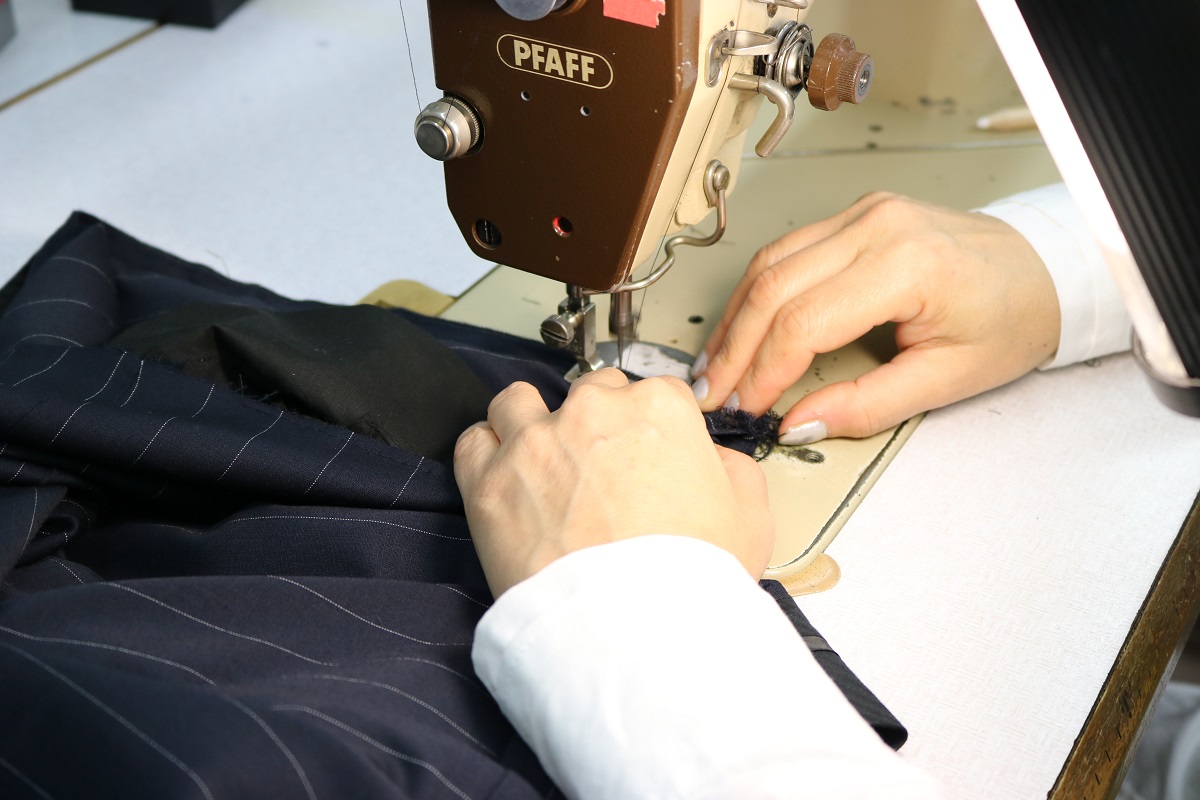
How to work with wool?
Wool, a noble and high-quality fabric known for its excellent thermal insulation and durability, is highly prized in the realm of clothing.
Its fibers, derived mainly from animals, particularly sheep, can be spun in various ways, resulting in yarns of different fineness.
The yarn can be used for knitting garments, creating knitted fabrics, and shuttle-woven textiles, offering exponentially high possibilities at every stage of the process! While Crea-Si may not assist with drop stitch knitting, it can certainly guide you in the creation of woven fabrics (knitted or woven), which are cut according to the pattern and then sewn to form the garment.
Wool is a delicate fiber and should be treated with care throughout each step of the garment-making process.
During the cutting phase, attention must be paid to the spin direction, the fabric’s light, or the direction of the fur. This is because all garment pieces must be cut in the same direction to avoid discrepancies. Typically, when dealing with fur wool, it should be cut with the fur facing downwards.
Special machine needles should be chosen based on the fabric weight and the yarn count selected for stitching.
An important note on adjusting the machine tension must be emphasized, as it should be done carefully to ensure smooth stitching without the thread being too tight.
When sewing wool fabric, it’s advisable to use scraps to conduct preliminary tests, allowing you to set up the machine, needle, and thread optimally for smooth and efficient assembly.
Depending on the desired result, various types of stitches can be employed. Let’s explore some:
Straight Stitch:
- Use: This basic stitch is suitable for straight seams.
- How: Sew along the desired line.
Elastic Stitch:
- Use: Perfect for elastic fabrics and garments requiring flexibility.
- How: Use an elastic stitch on your sewing machine. This type of stitch stretches with the fabric without breaking.
Cover Stitch:
- Use: Excellent for sewing stretch fabrics like knitted wool.
- How: This stitch adapts to elastic fabrics, creating flat and sturdy seams.
Overlock Stitch:
- Use: Perfect for finishing edges and preventing wool fraying.
- How: If your sewing machine has an overlock function, use it to sew and finish edges simultaneously.
Invisible or Blind Hem Stitch:
- Use: Creates inconspicuous stitches, ideal for invisible hems.
- How: This stitch involves threading the fabric without being visible from the front of the garment.
Chain Stitch:
- Use: Adds flexibility to stitches, often used for light and elastic fabrics.
- How: Made with a chain stitch sewing machine, this stitch creates a series of linked loops.
Remember, the choice of stitch depends on your specific project and the type of wool you are using.
We hope this article has been helpful as you embark on your wool fabric project!
If you’re looking to create wool garments, Crea-Si can assist you. With thirty years of experience in crafting clothing from various fabrics, contact us for more information or to present your project!

